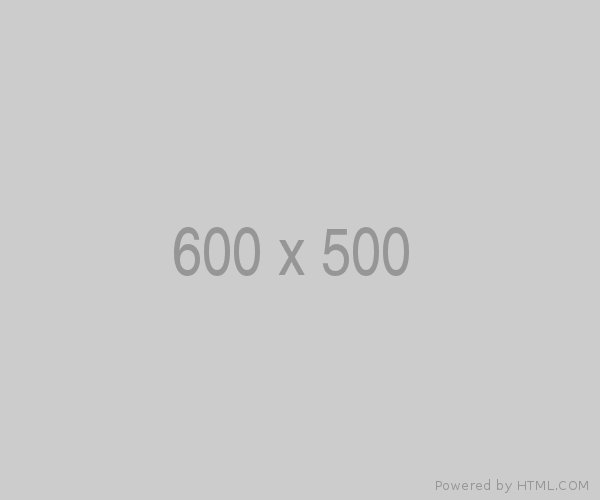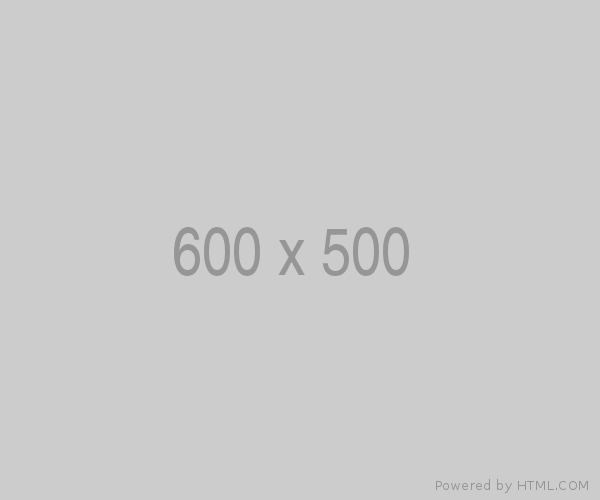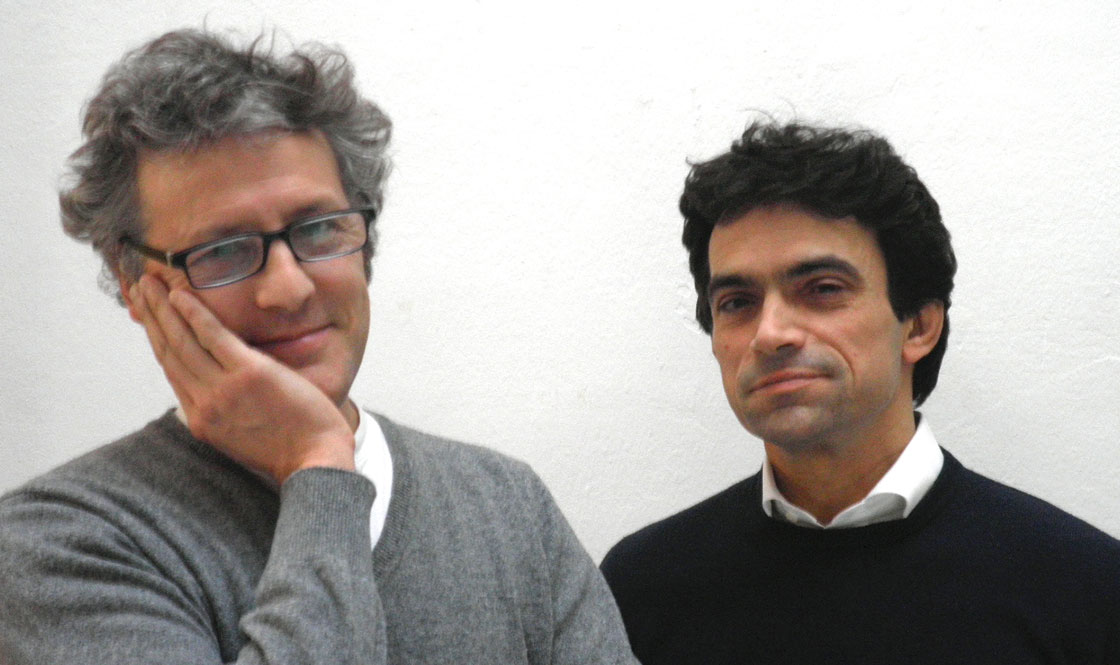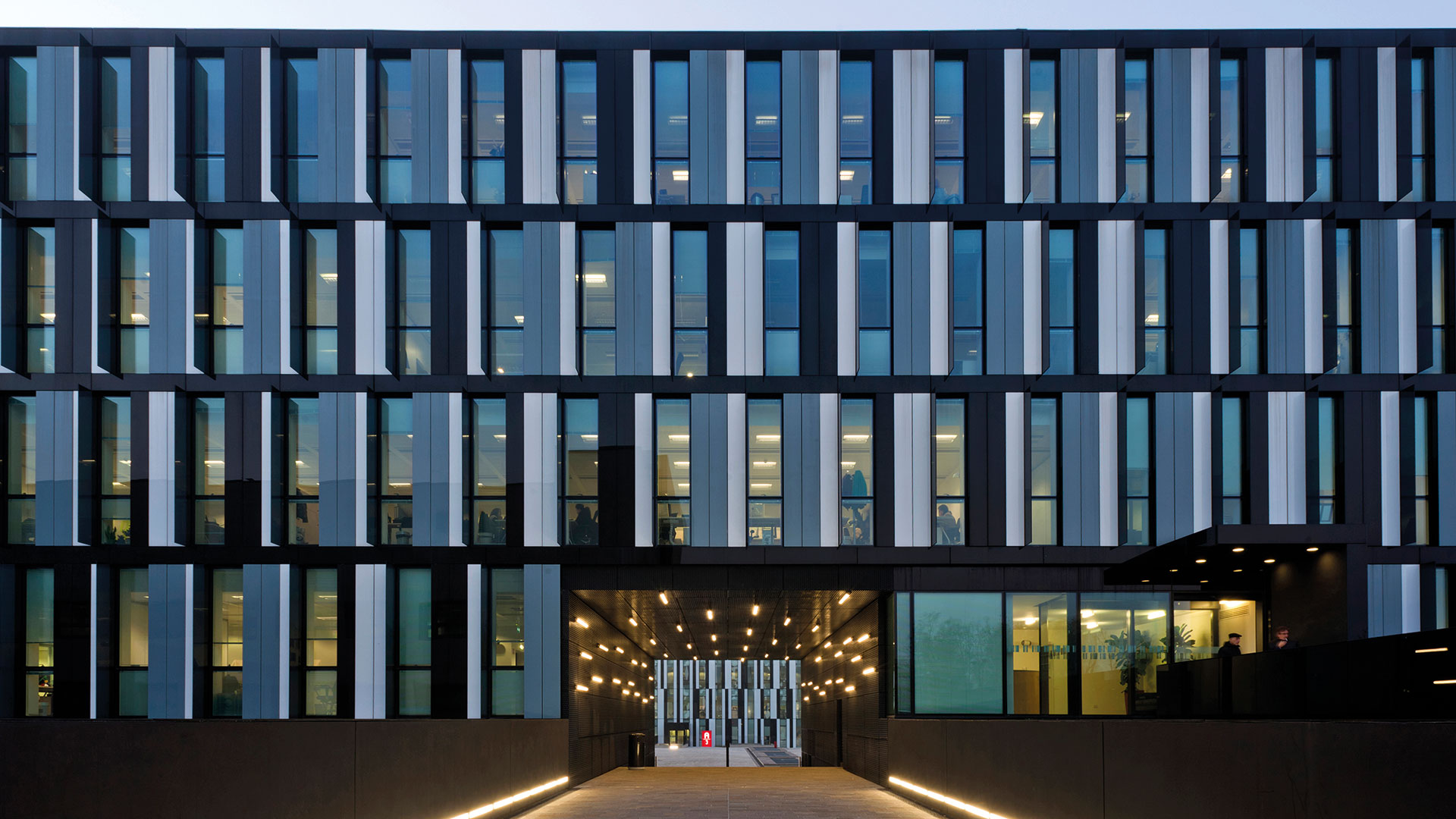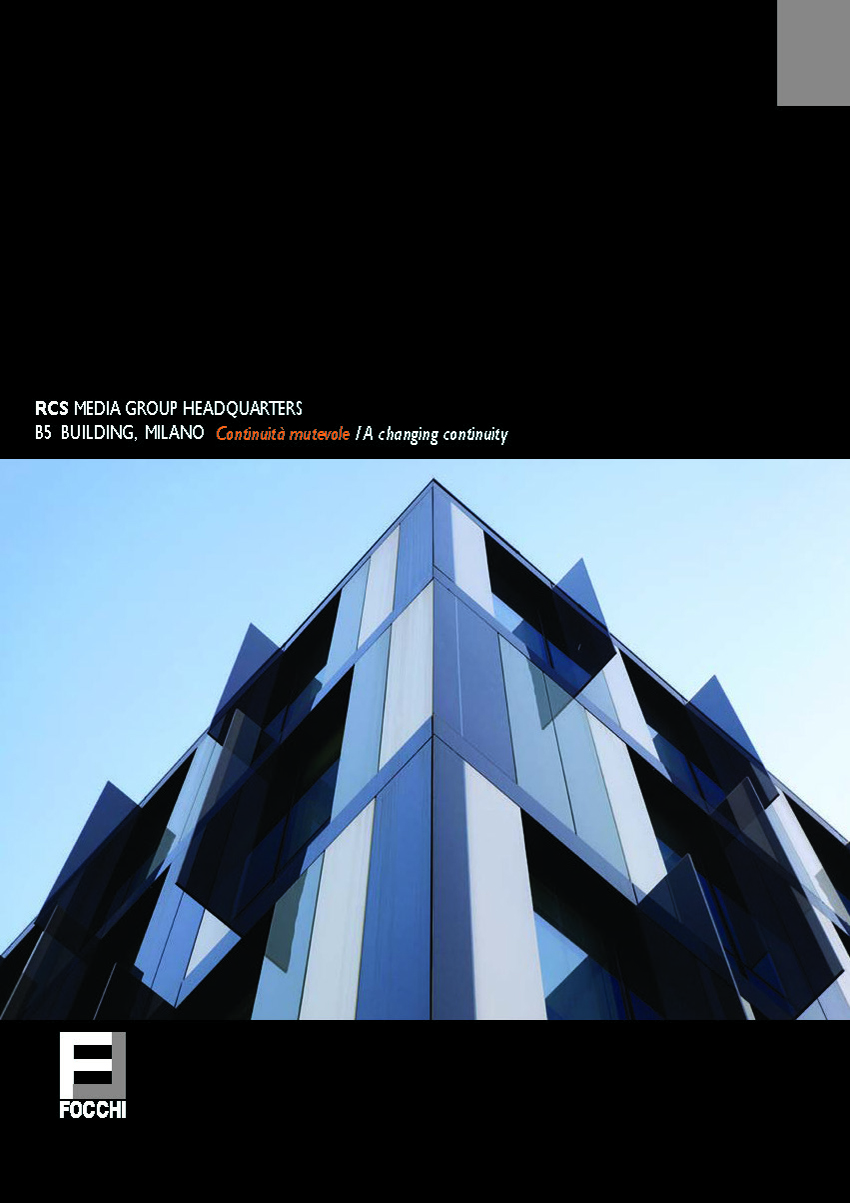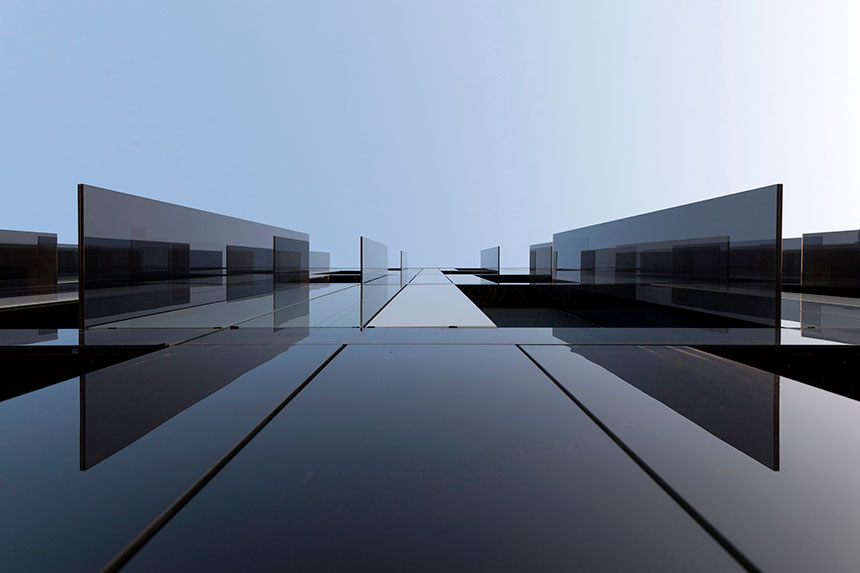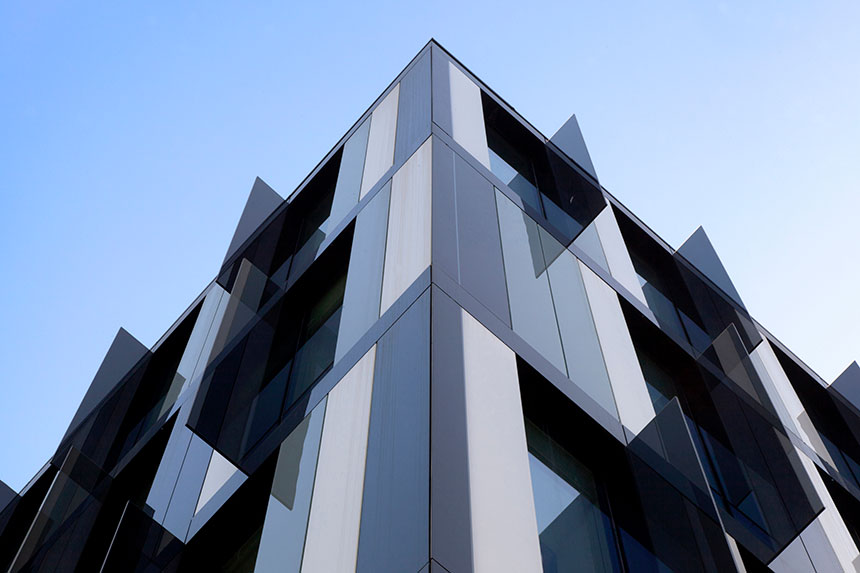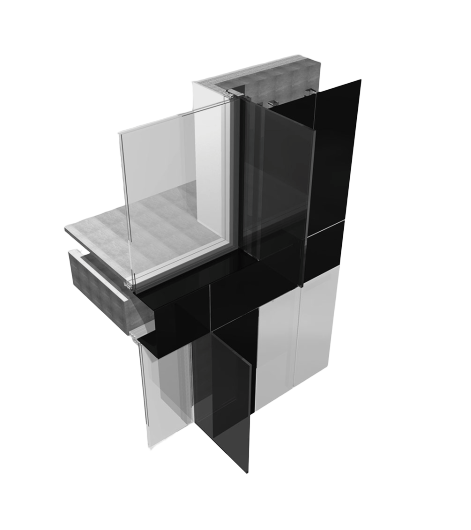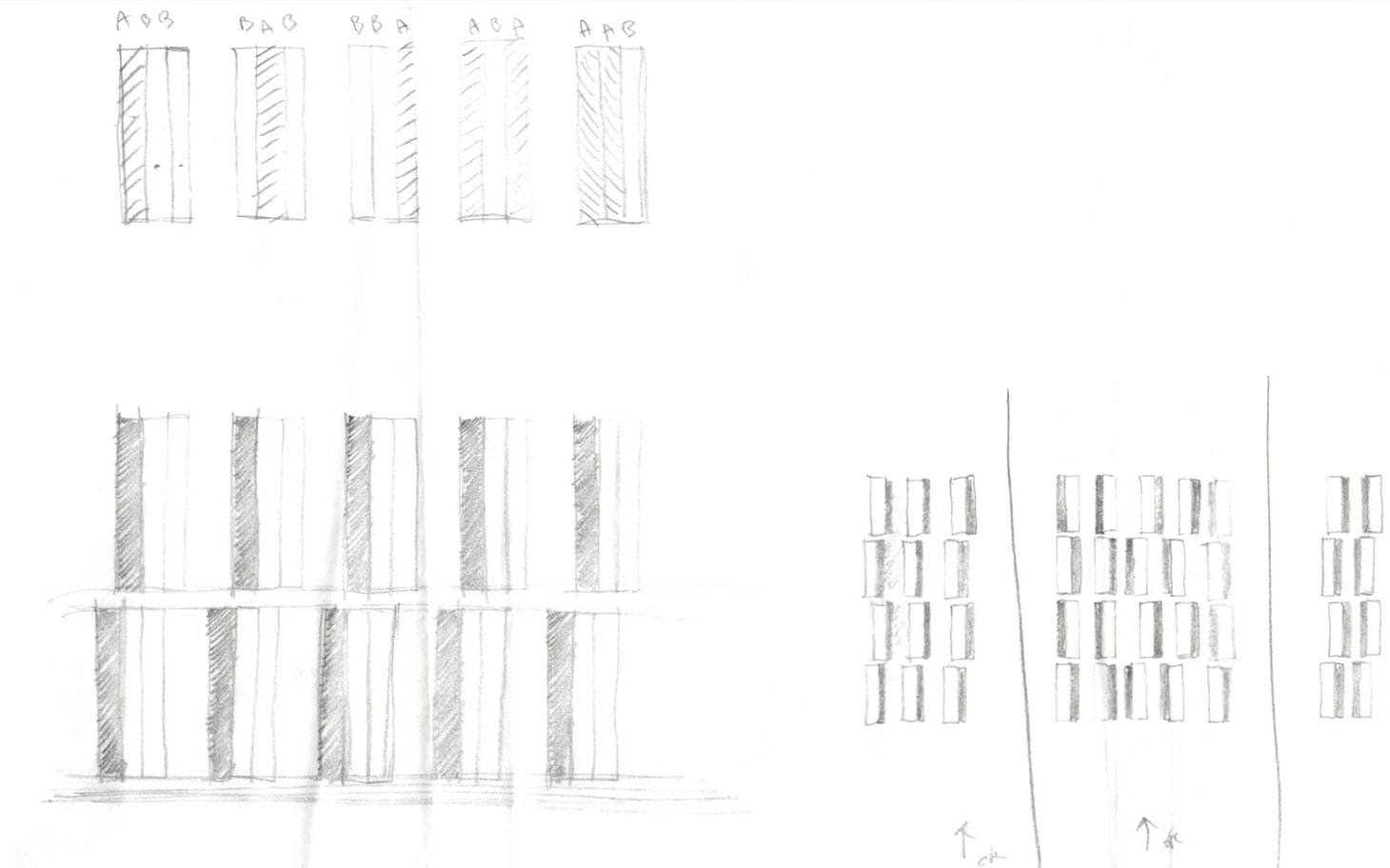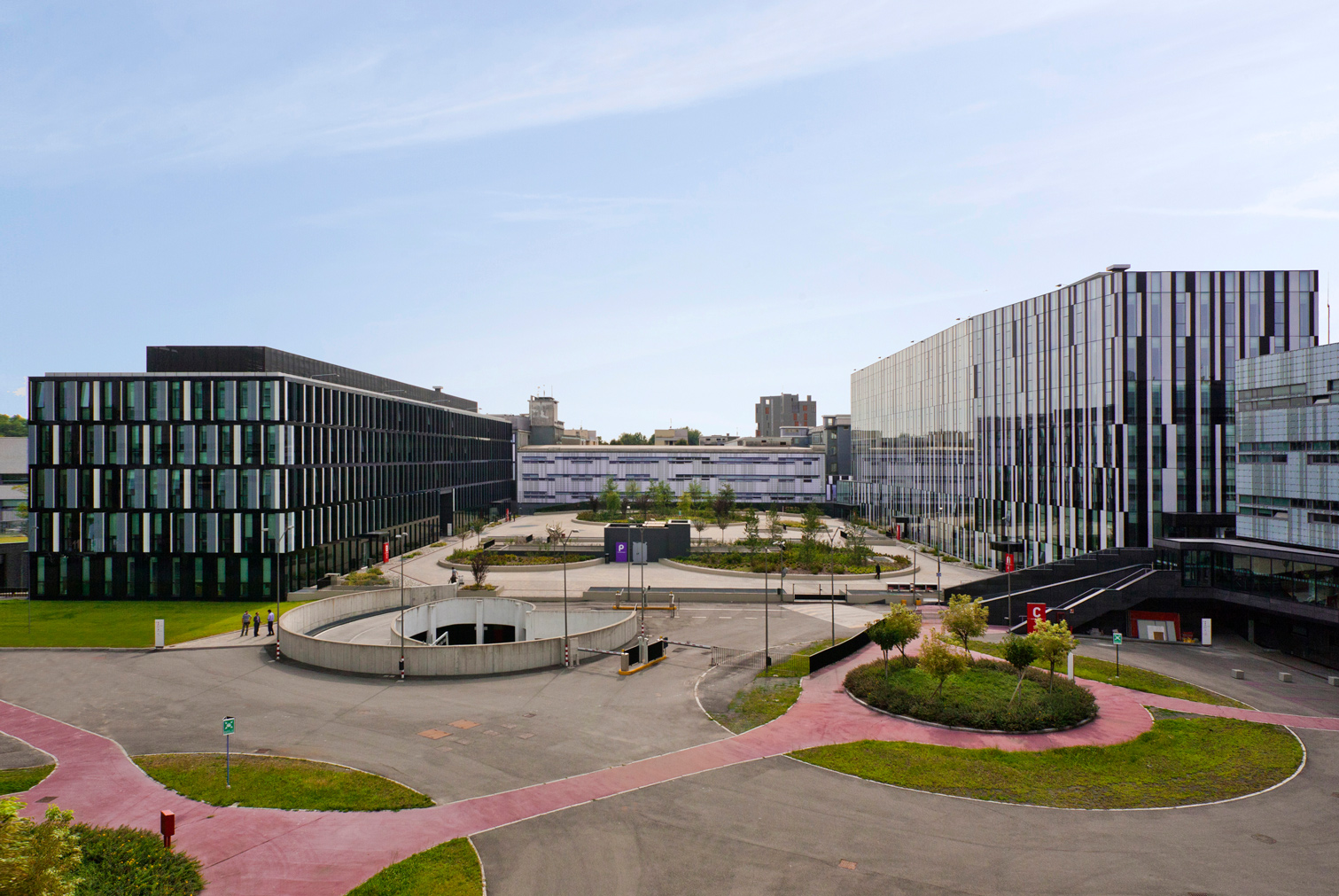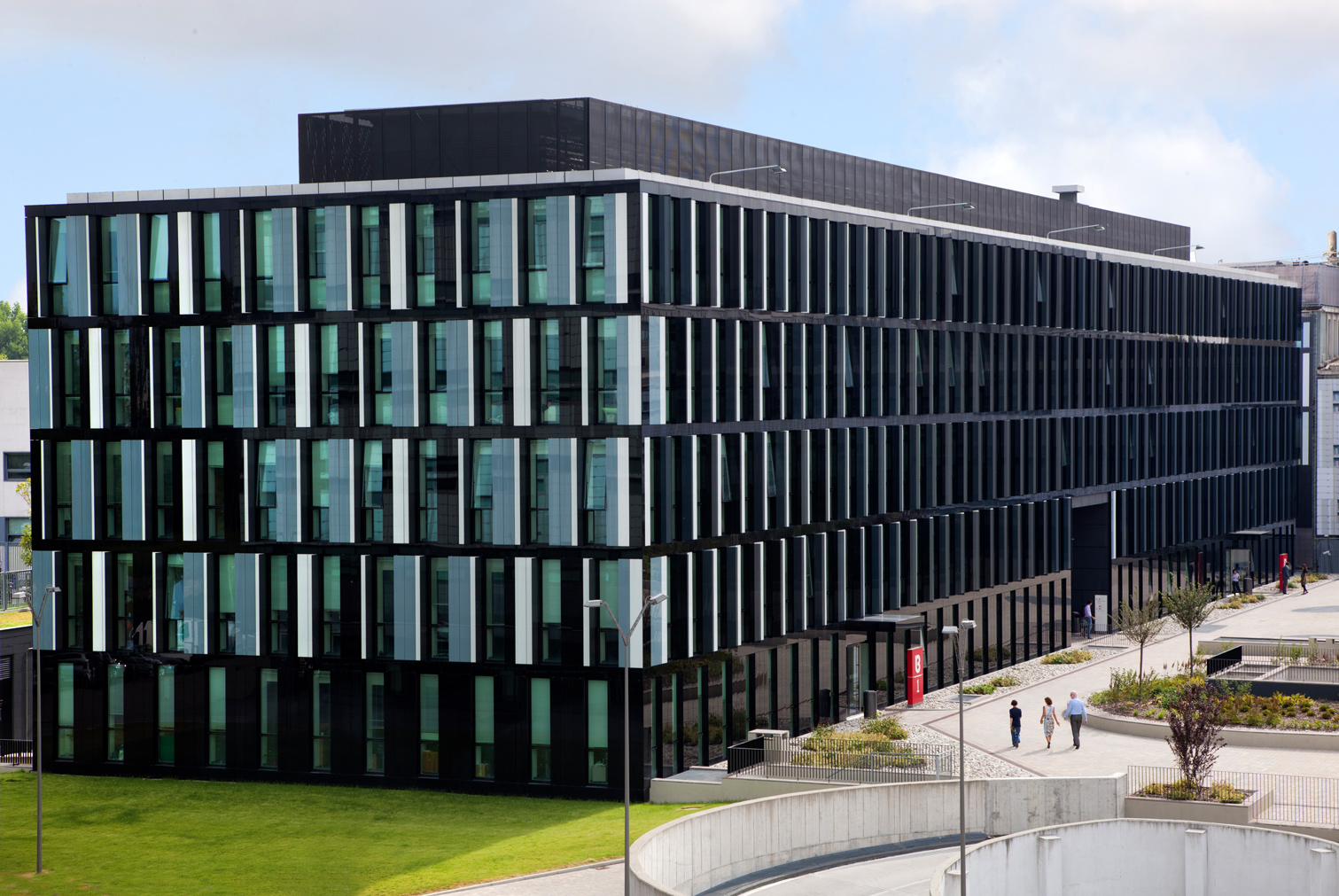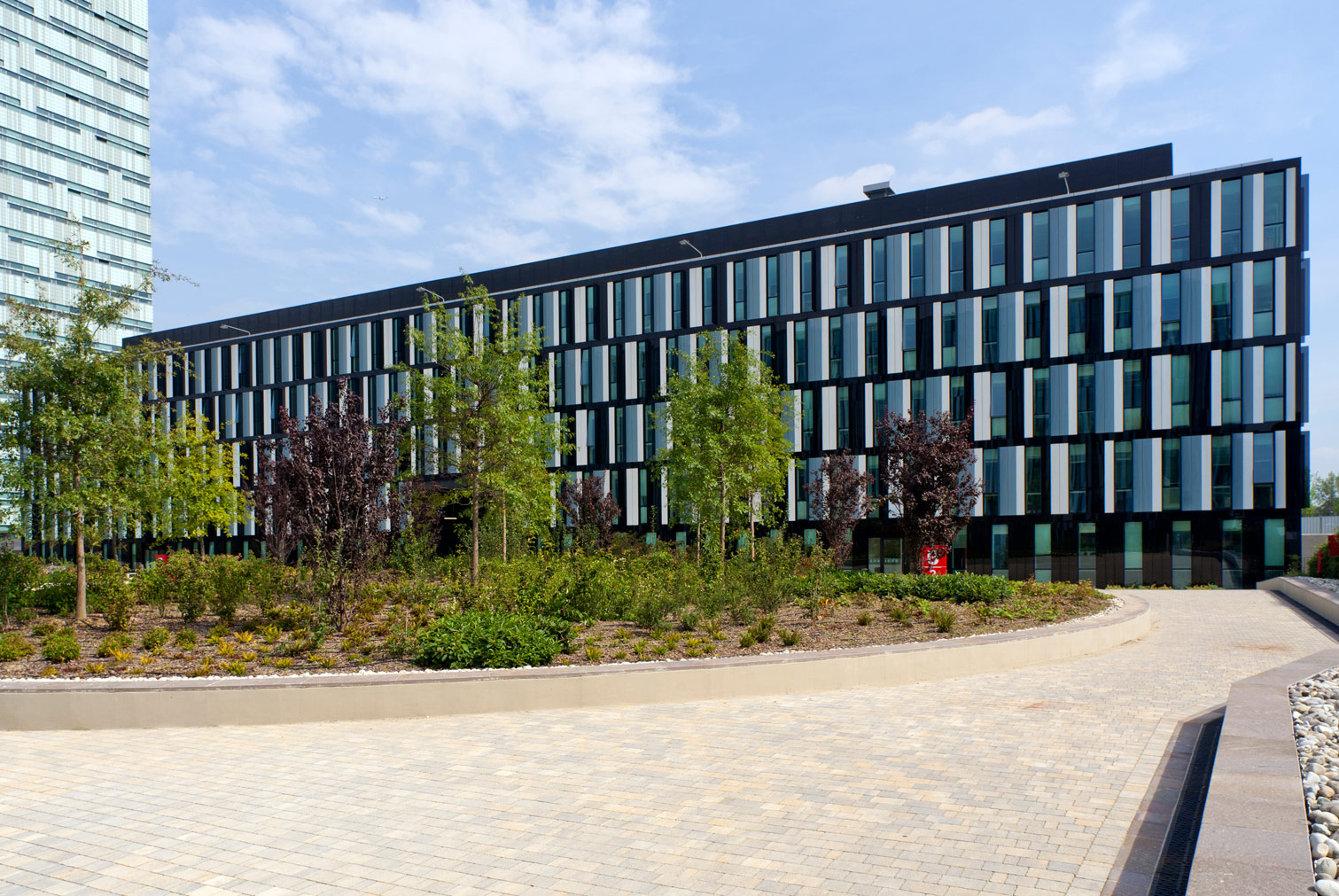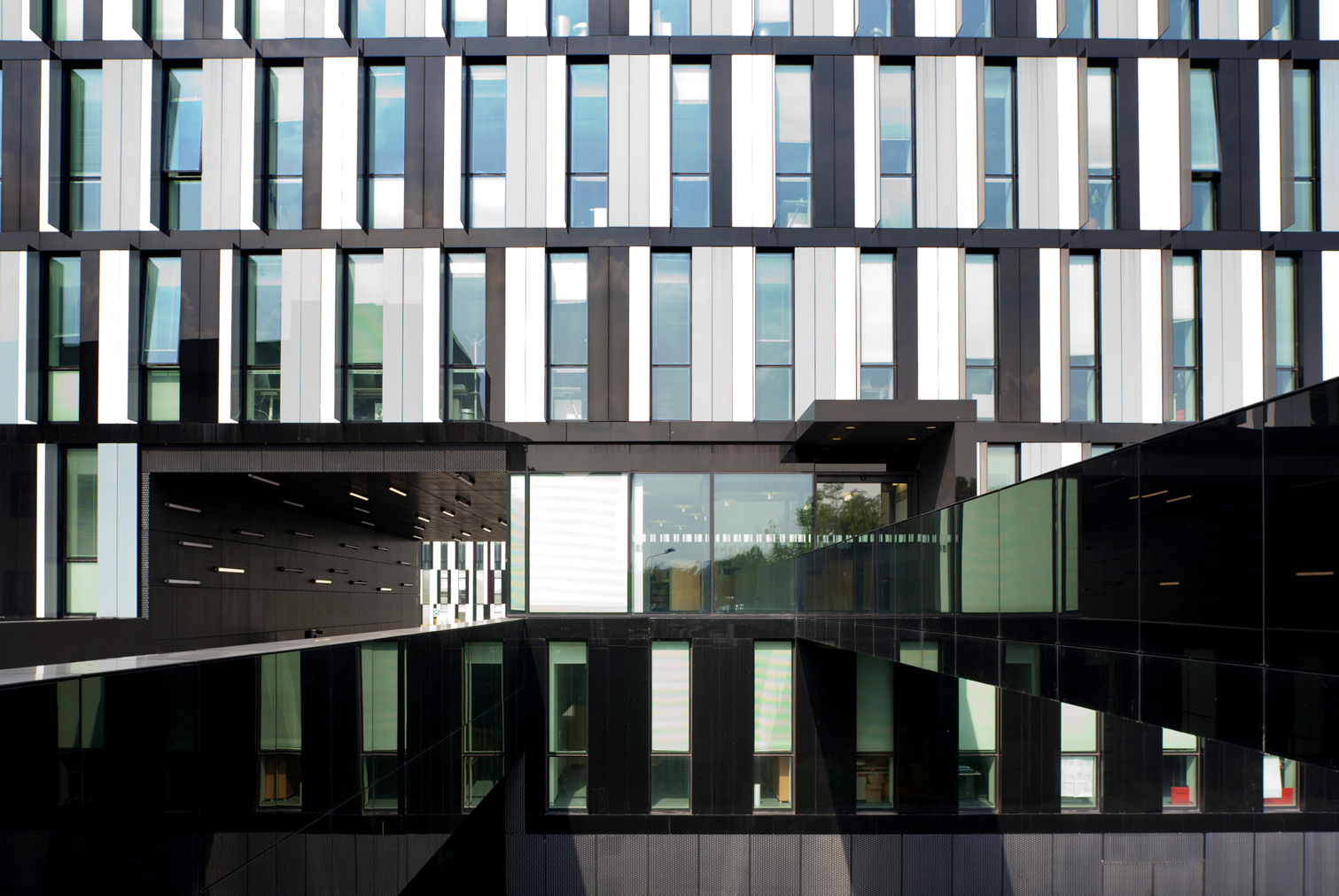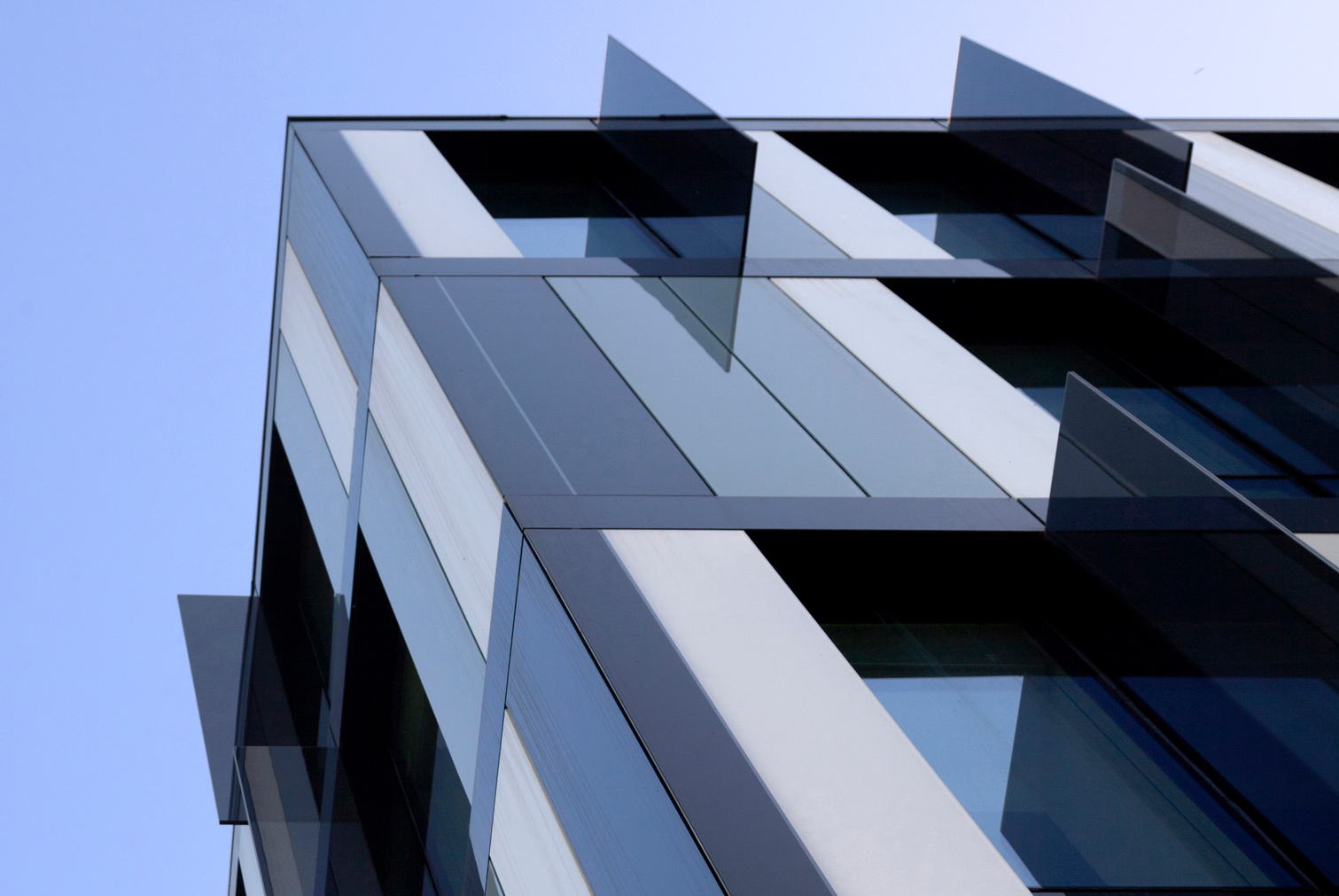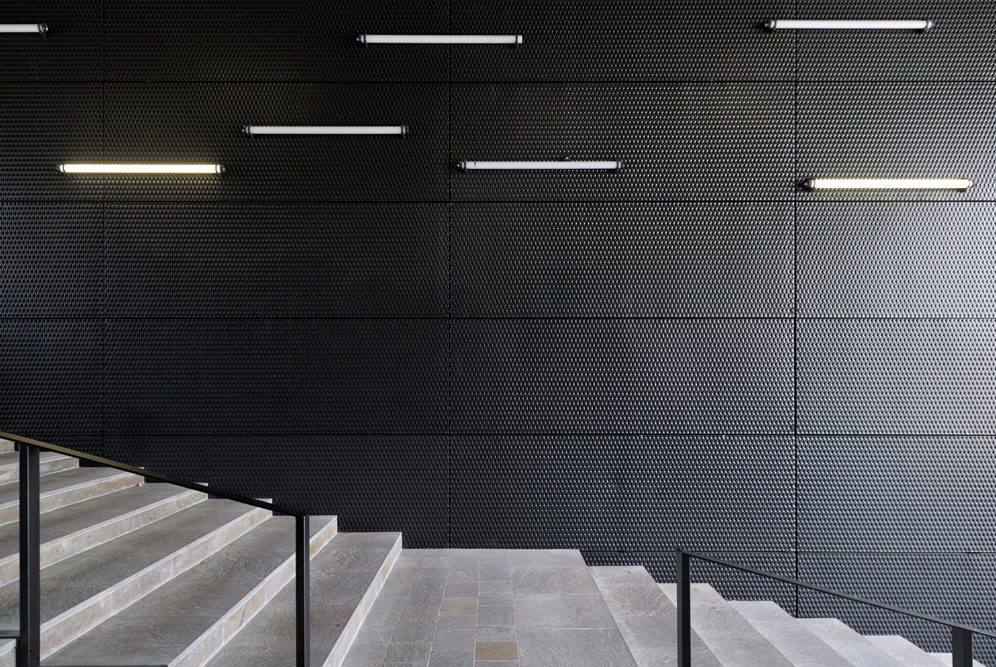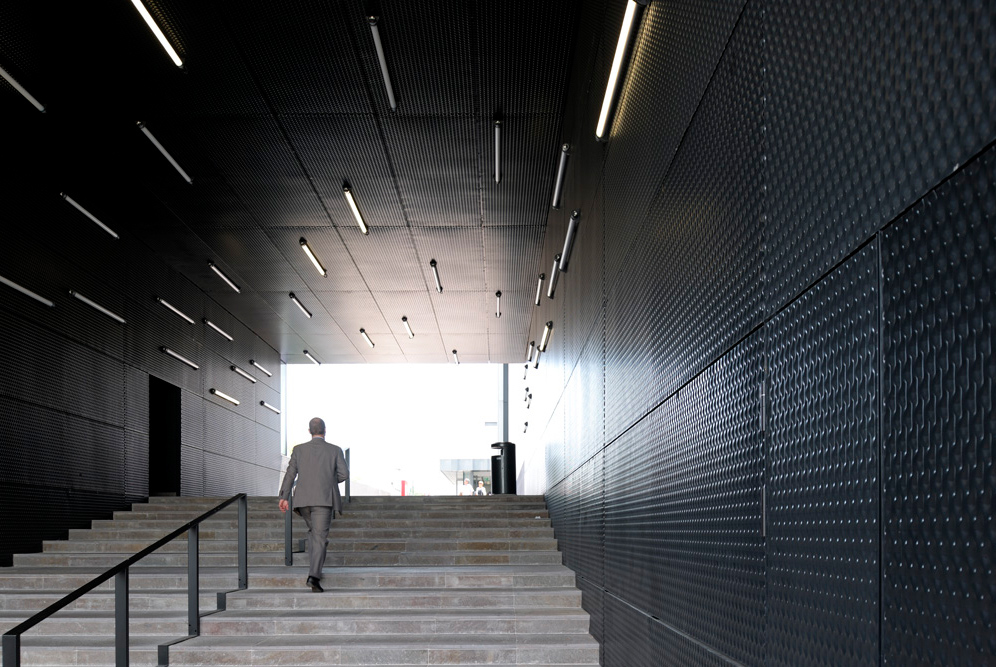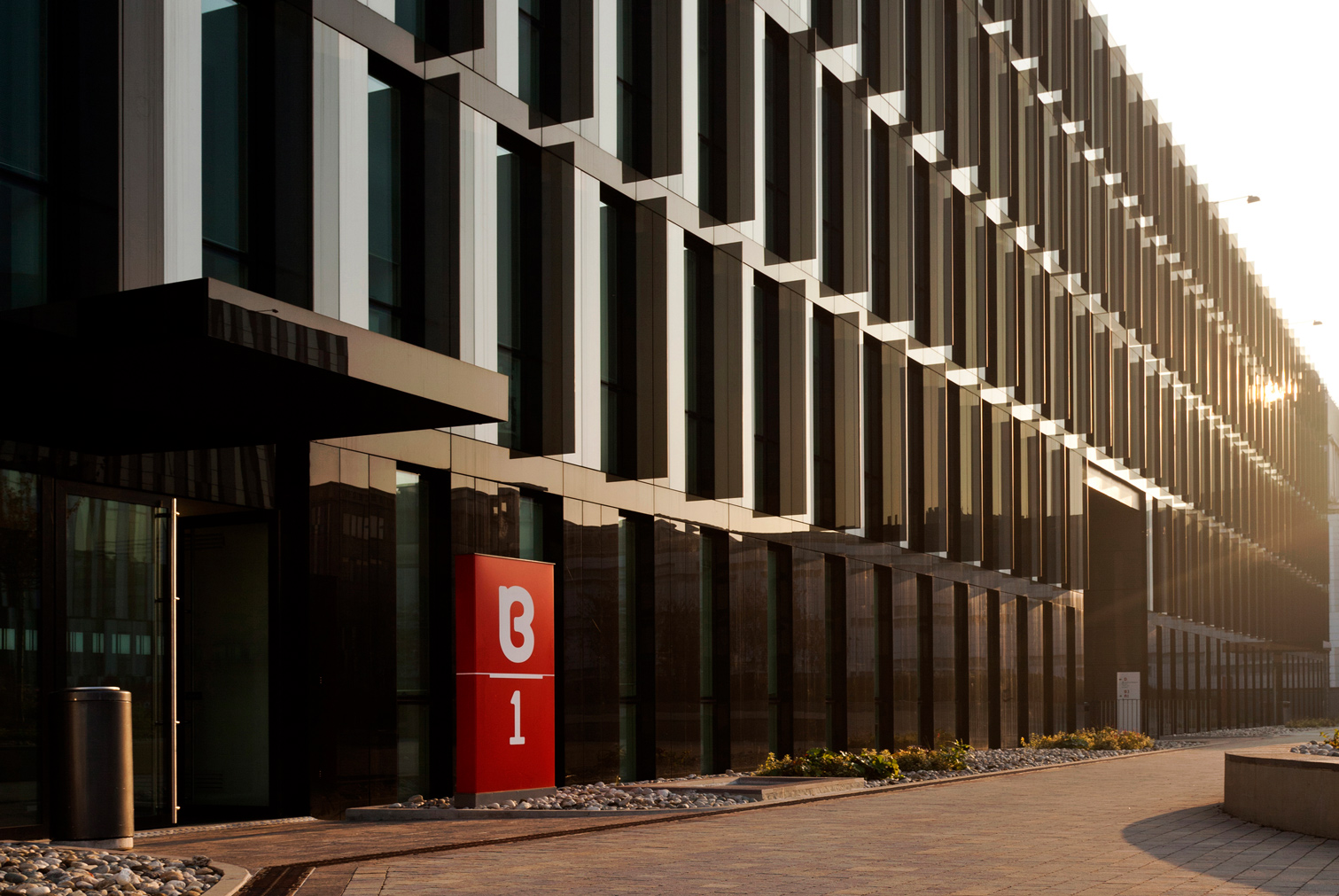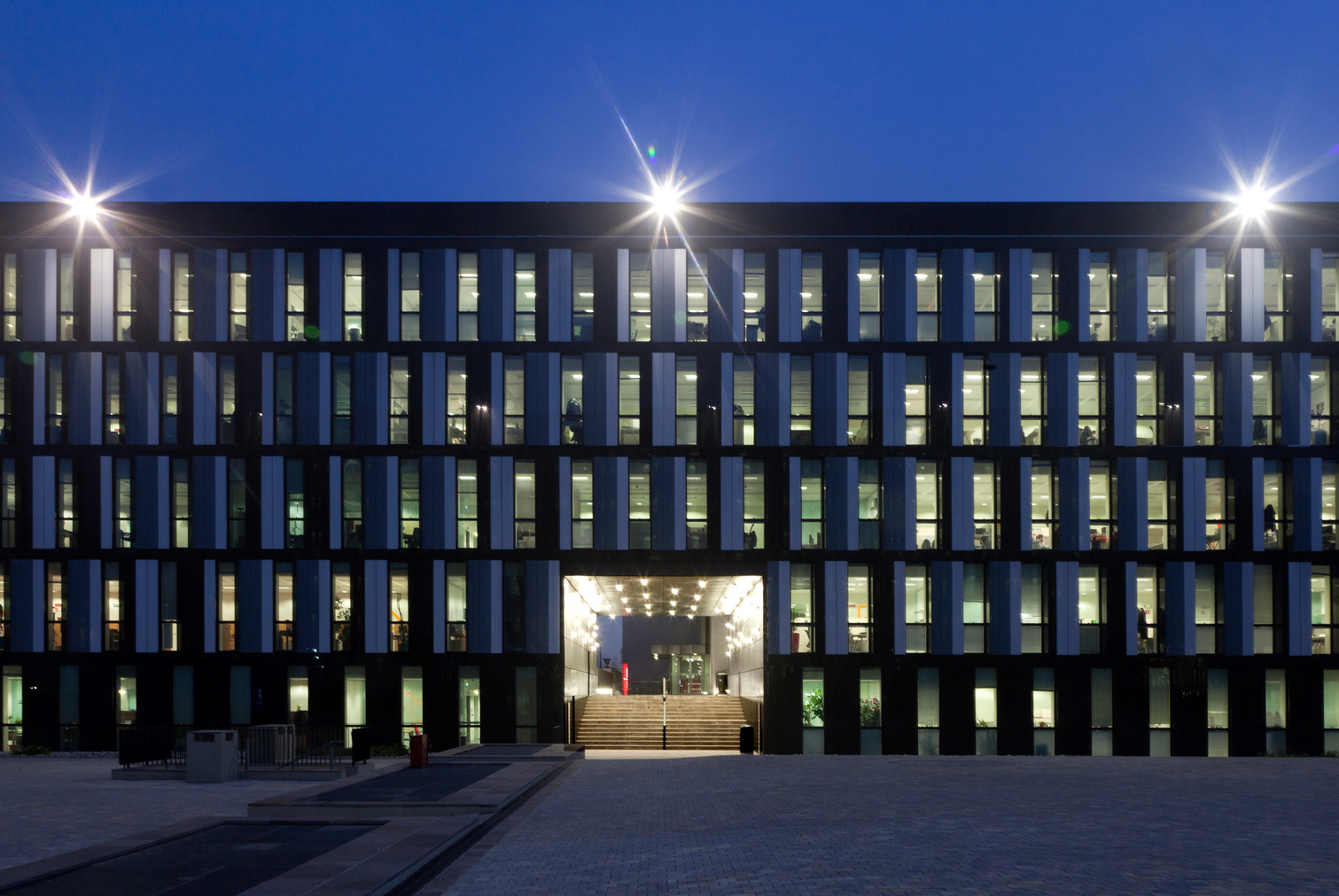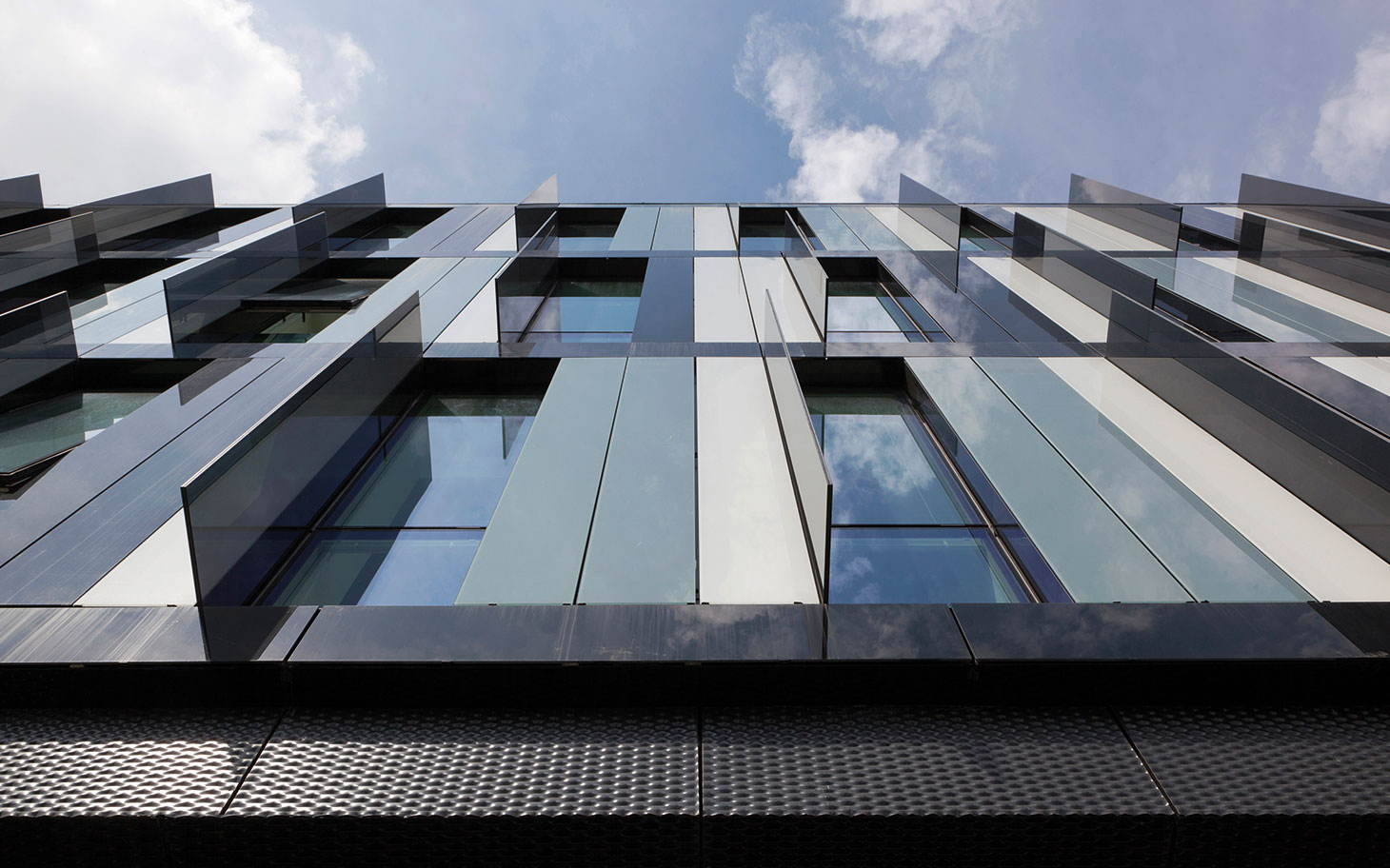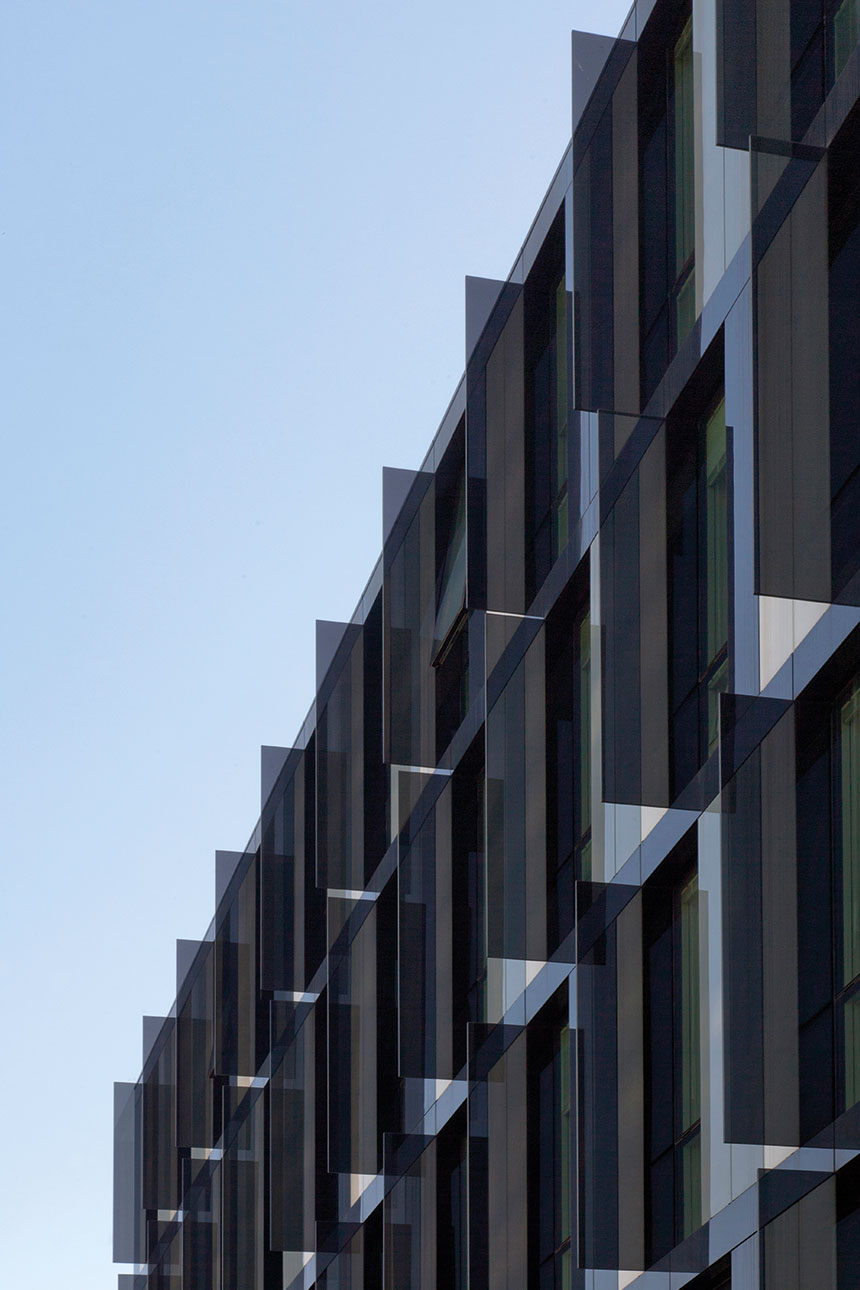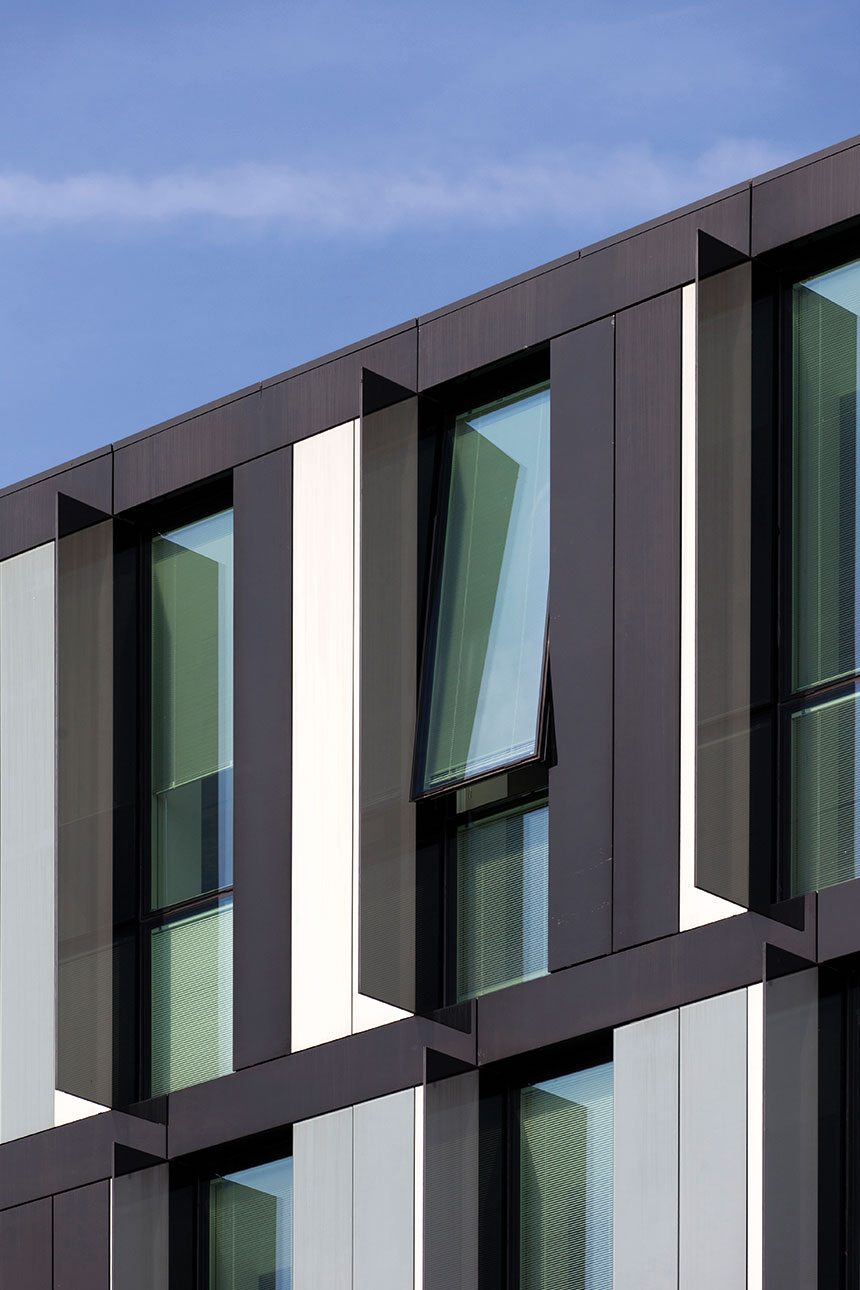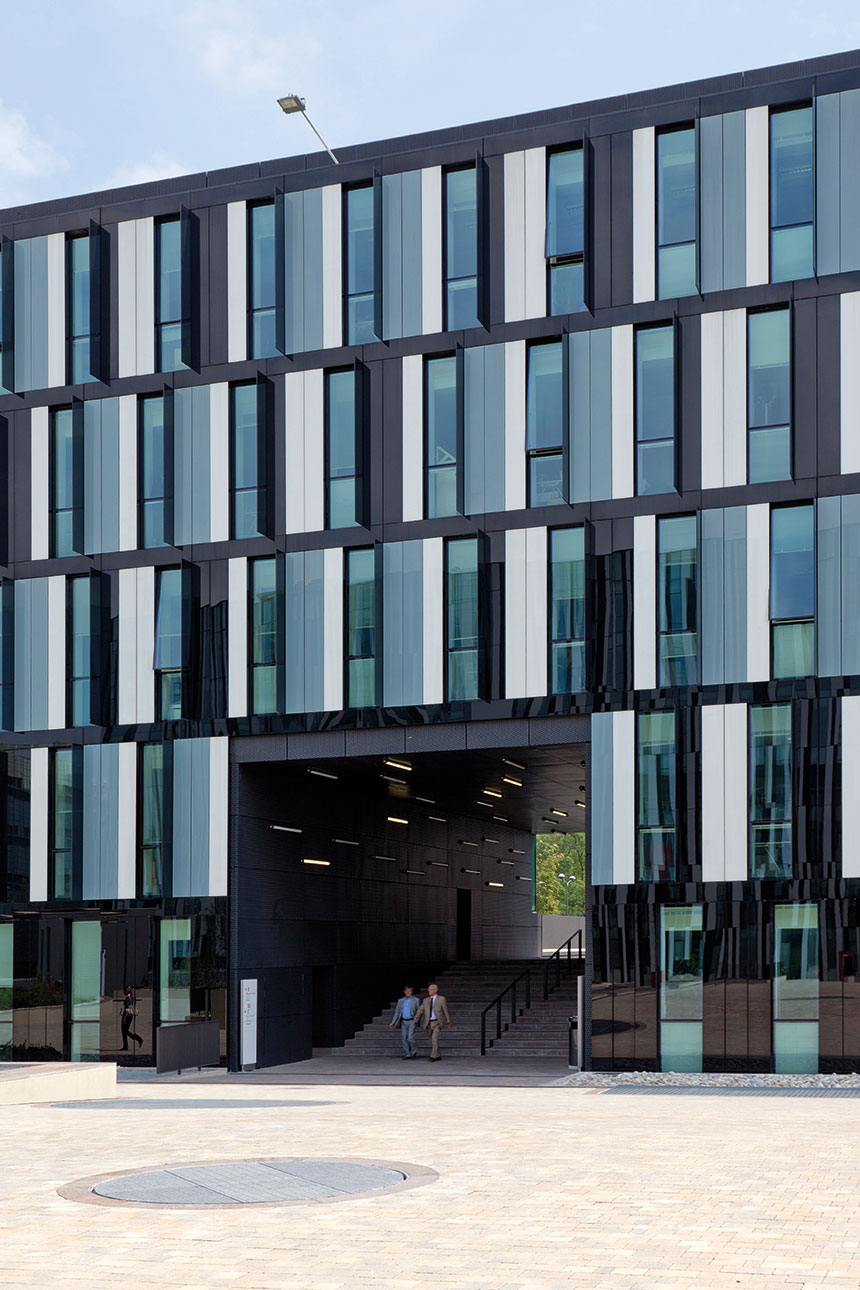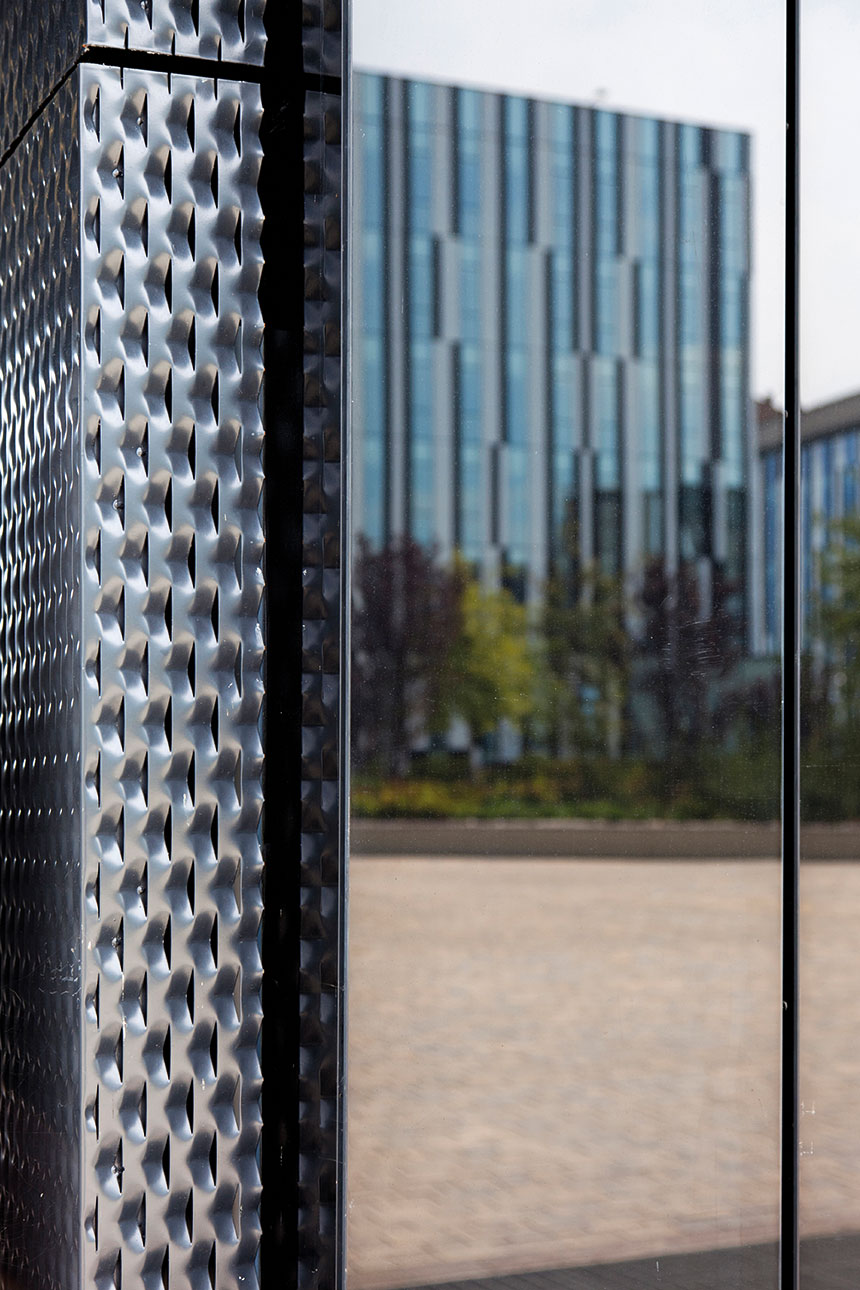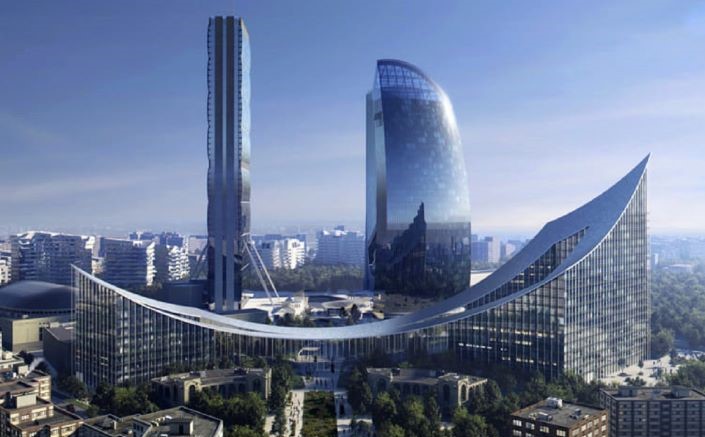The B5 building is a parallelepiped with glass facades which, by its composition, resembles the image of a barcode.
The technology of the building has been developed on the concept of ventilated façade with insulated cavity, alternated with structural silicone glazed units. East, West and South elevations have vertical sun shading fins on a "body tinted" glass base, which are fixed by structural silicone beads. The ventilated façade has been designed with the juxtaposition of enameled trichromatic structural modules on low-iron glass base and the use of bespoke flat aluminum panels.
The complexity of the different interfaces and different materials used has created an effective union between colour and form, thus highlighting the geometric pattern of more than 5500 structural silicone modules.
